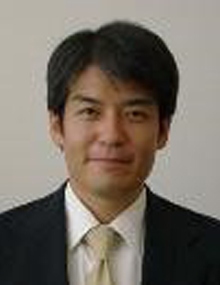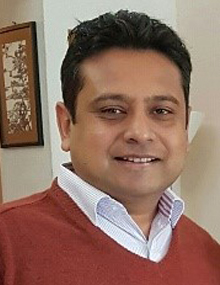On April 10-14, 2017, the World Bank Disaster Risk Management (DRM) Hub and the Tokyo Development Learning Center (TDLC) held a five-day Technical Deep Dive (TDD) on Resilient Cultural Heritage and Sustainable Tourism. The TDD – featuring interactive lectures, site visits and discussions, both in Tokyo and Kyoto - was organized in collaboration with UNESCO, Ritsumeikan University, UNWTO-RSOAP, and the Agency for Cultural Affairs (ACA), Government of Japan, among others.
Nine teams of World Bank clients and staff – representing US$700 million in World Bank-supported projects in Albania, Bhutan, China, Myanmar, Nepal, Philippines, Saudi Arabia, Tanzania and Uzbekistan - learned from Japanese and international experts about innovative techniques and approaches to protect their cultural heritage from natural hazards.
“There is no better place than Japan for agenda of resilience, cultural heritage, and integration of both,” noted Sameh Wahba, Director for Urban and Territorial Development, Disaster Risk Management, and Resilience at the World Bank. Mr. Wahba highlighted the importance of linking Japanese expertise with project-level engagements in developing countries, and pointed to UNESCO as a critical partner in cultural heritage and sustainable development.
RISK, CHALLENGE, AND PROMISE
Each country faces different challenges. The Philippines and Myanmar, for example, face persistent hazards from flooding and earthquake, while China is grappling with rapid urbanization. However, many challenges were common to all participants: a need for more integrated planning for disasters, challenging coordination among responsible institutions, funding, low public awareness of issues and solutions, and a need for more sustained maintenance and conservation.
Participants learned how Japan manages disaster risk to protect their heritage from different natural hazards, such as earthquakes, typhoons, and flooding. As a practical example, participants visited Kiyomizu Temple, affected by several fires in the past. A monk and lead manager of the temple pointed to the investments made at the site: sensors, cameras and hydrant units installed; a comprehensive and appropriate slope stabilization program; and seismically resilient and appropriate seismic strengthening of the buildings. Despite these innovative techniques, the most important element for heritage conservation and disaster prevention is the people: the residents around the temple understand the risks and are involved in the activities of preparedness and emergency response.

Takeyuki Okubo, Director of the Institute of Disaster Mitigation for Urban Cultural Heritage, Ritsumeikan University (R-DMUCH)
One key idea was the need for site managers and policymakers to explicitly recognize hazards and how they become disaster risks, and then work in an integrated way to address them. Giovanni Boccardi, Chief of the Emergency Preparedness and Response Unit, Culture Sector of UNESCO, pointed out, “The challenge is to integrate risk management within site management and systems. This is not about making separate DRM plans; it is about linking the DRM and cultural heritage aspects.”
SUSTAINABLE TOURISM
Sustainable tourism is strongly connected to cultural heritage. Tourism is an important industry, but its activities can sometimes cause damage to the very heritage it relies on. “Disaster preparedness must be incorporated into Cultural Heritage and Tourism, and on the other hand, DRM plans must include CHT as an important element,” said Lazare Eloundou Assomo, Deputy Director of the Heritage Division at the World Heritage Centre, UNESCO.
ACTION PLANNING FOR IMPACT
Participants consolidated their action plans and presented them at the end of the intense 5-day TDD. The major takeaways were (i) developing new ideas for raising disaster risk awareness, (ii) enhancing site and area practices to protect cultural heritage, and (iii) planning and reforming regulatory frameworks for effective coordination and responsibility.

Rohit Jigyasu, UNESCO Chair Professor, Institute of Disaster Mitigation for Urban Cultural Heritage, Ritsumeikan University (R-DMUCH)
This experience did not conclude with the end of the TDD. Building on their action plans, teams have requested further support from the DRM Hub, which is now working with Bhutan, Myanmar, and Uzbekistan to meet specific needs on disaster preparedness, post-disaster recovery mechanisms, and sustainable tourism through DRM approaches.
When developing countries have the opportunity to diagnose their challenges systematically, access to in-demand local and internationals technical knowledge, and targeted development financial support, they can achieve the political and institutional momentum needed to manage and reduce the disaster risk to their cultural heritage.
